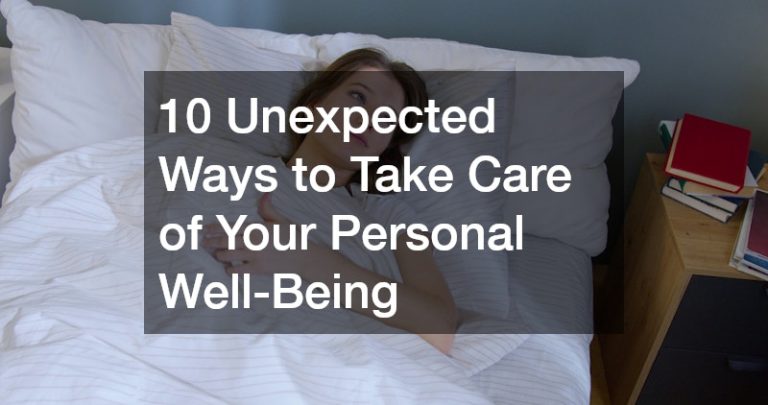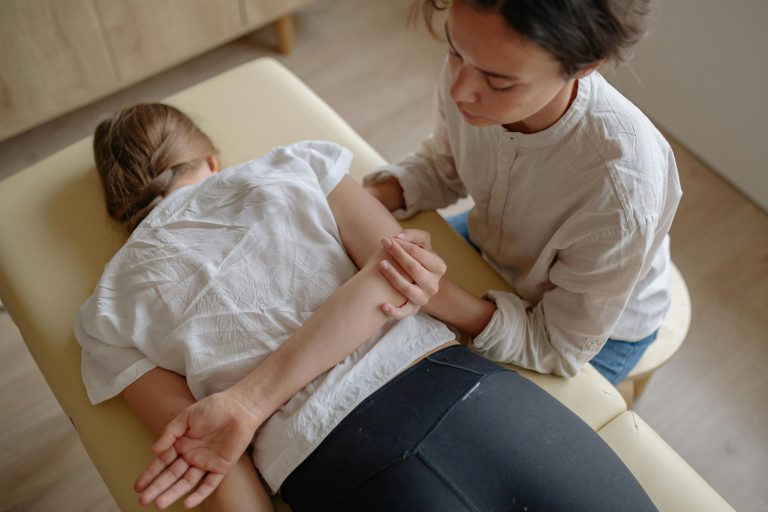For many, a bright, white smile is a symbol of confidence and good health. But even with diligent brushing and flossing, teeth can become stained over time from food, drinks, and even medications. This is where teeth bleaching comes in, offering a way to lighten discoloration and achieve a whiter smile. With so many options available, from professional treatments to over-the-counter kits like Bleach Bright teeth whitening,.
However, navigating the world of teeth bleaching can be confusing. There are numerous products and techniques available, all promising dazzling results.
This article delves beyond the realm of brushing, aiming to shed light on teeth bleaching, its different options, and how to choose the right approach for your unique needs.
Understanding Teeth Stains and Discoloration
Before exploring bleaching options, it’s important to understand the different types of stains that can affect teeth:
Extrinsic stains: These surface-level stains are caused by external factors like coffee, tea, red wine, smoking, and certain foods. They typically respond well to teeth bleaching treatments. Intrinsic stains: These deeper stains originate within the tooth structure itself. They can be caused by aging, medications like tetracycline, excessive fluoride intake during childhood, trauma, or certain medical conditions. Intrinsic stains may require stronger bleaching agents or may not respond as well to bleaching as extrinsic stains. The Bleaching Process Explained
Teeth bleaching products often contain hydrogen peroxide or carbamide peroxide, which act as bleaching agents. These agents break down stain molecules within the tooth enamel, lightening their color and creating a whiter appearance.
Exploring Bleaching Options:
There are two main categories of teeth bleaching – in-office bleaching performed by a dentist and at-home bleaching options.
In-Office Bleaching (Power Bleaching):
This professional treatment typically involves a stronger concentration of peroxide-based bleaching agents applied directly to the teeth. The dentist may also use a special light or laser to activate the bleaching process, accelerating the results.
Advantages: Faster results (often achieved in one or two appointments) Stronger bleaching agents for deeper stains Controlled environment with professional supervision Disadvantages: Higher cost compared to at-home options Increased risk of tooth sensitivity Potential for gum irritation At-Home Bleaching:
This method offers greater convenience and affordability. Over-the-counter bleaching kits are readily available, typically containing carbamide peroxide at lower concentrations than those used in-office treatments. These kits usually involve wearing custom-made trays filled with the bleaching gel for a specific duration each day over a period of weeks.
Advantages: More affordable than in-office treatments Convenient to use at home according to your schedule Disadvantages: Slower results compared to in-office bleaching Less control over the process, potentially leading to uneven whitening May not be as effective for deeper stains A Note on "Bleach Bright" Products:
"Bleach Bright" teeth whitening products are just one example of the many at-home bleaching options available. It’s important to carefully research any specific brand before using it. Look for products with the American Dental Association (ADA) Seal of Acceptance, which signifies they meet safety and effectiveness standards.
Choosing the Right Bleaching Option for You:
The optimal teeth bleaching approach depends on several factors:
Severity of Stains: For mild to moderate extrinsic stains, at-home bleaching may be sufficient. However, for deeper intrinsic stains or uneven discoloration, in-office bleaching might be more effective. Desired Results and Timeline: In-office bleaching offers faster results, while at-home options take longer. Consider your desired timeframe and how quickly you want to achieve a whiter smile. Sensitivity: People with sensitive teeth may experience discomfort with bleaching. Discuss this with your dentist, who can recommend a sensitivity-reducing toothpaste or an alternative bleaching method. Budget: In-office bleaching is generally more expensive than at-home options. Consulting Your Dentist is Key
Before embarking on any teeth bleaching journey, scheduling a consultation with your dentist is crucial. They can assess the type and severity of your stains, evaluate your overall oral health, and recommend the most suitable bleaching technique for your individual needs. This discussion can also address any concerns you might have about tooth sensitivity or potential side effects.
Maintaining Your Bright Smile:
Teeth bleaching results are not permanent. To maintain your whiter smile, practice good oral hygiene habits like regular brushing and flossing, avoid staining foods and drinks, and consider touch-up treatments as needed.
Beyond Bleaching: Alternative Options for a Whiter Smile
While teeth bleaching is a popular choice for achieving a brighter smile, there are other options to consider: smile without resorting to bleaching.
Polishing: This in-office procedure removes minor surface stains and polishes the teeth for a brighter appearance. Cosmetic Dentistry: For more dramatic smile improvements, cosmetic dentistry solutions like veneers or crowns can be explored. However, these procedures are typically more invasive and expensive than bleaching. Conclusion
A bright smile can boost your confidence and overall well-being. Now that you have a better understanding of teeth bleaching, its different approaches, and the importance of consulting your dentist, you can make an informed decision. Remember, a healthy and beautiful smile starts with good oral hygiene practices, and teeth bleaching can be a valuable tool to enhance your pearly whites, but it’s always best to consult your dentist for personalized guidance.
.







